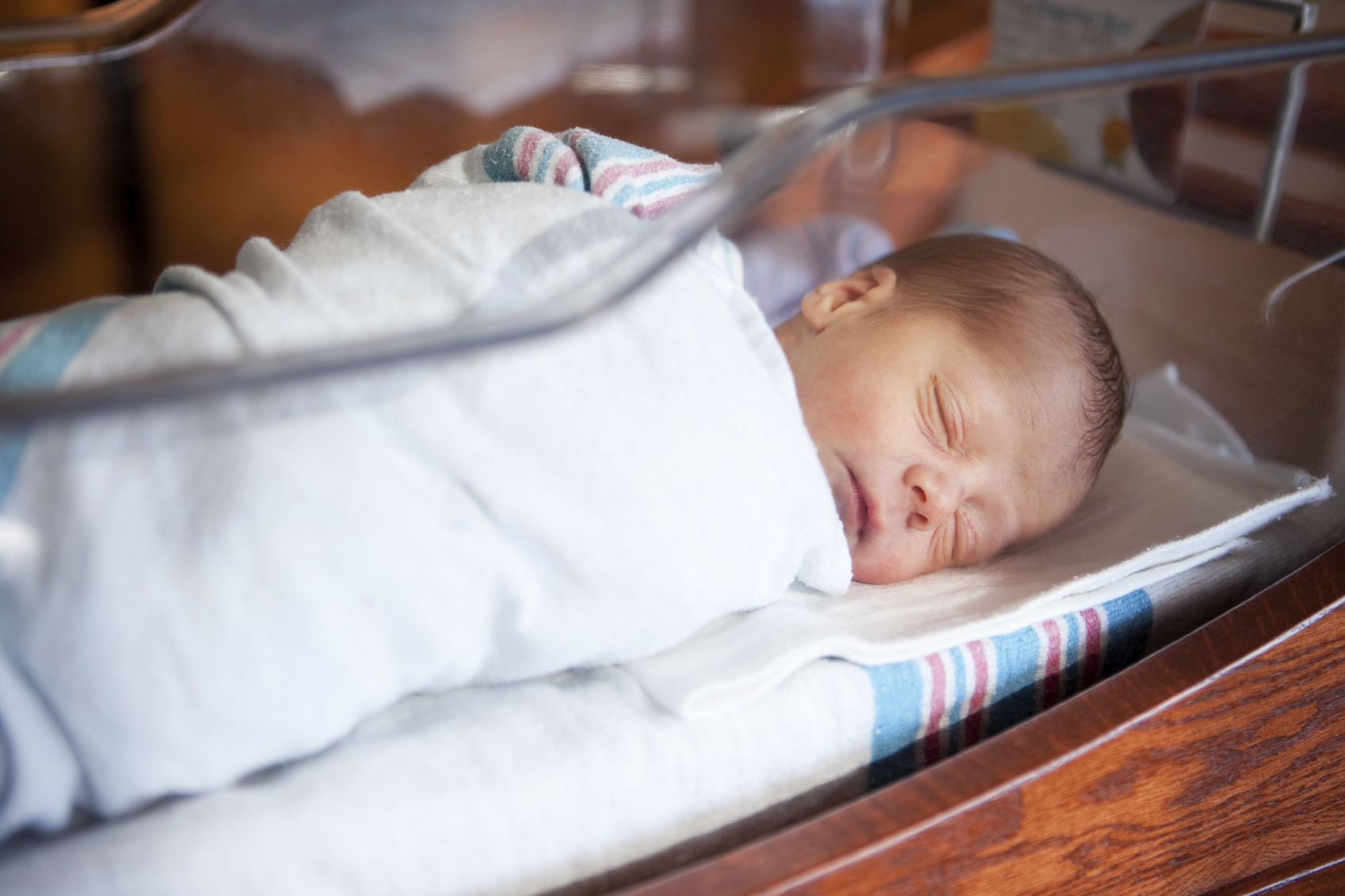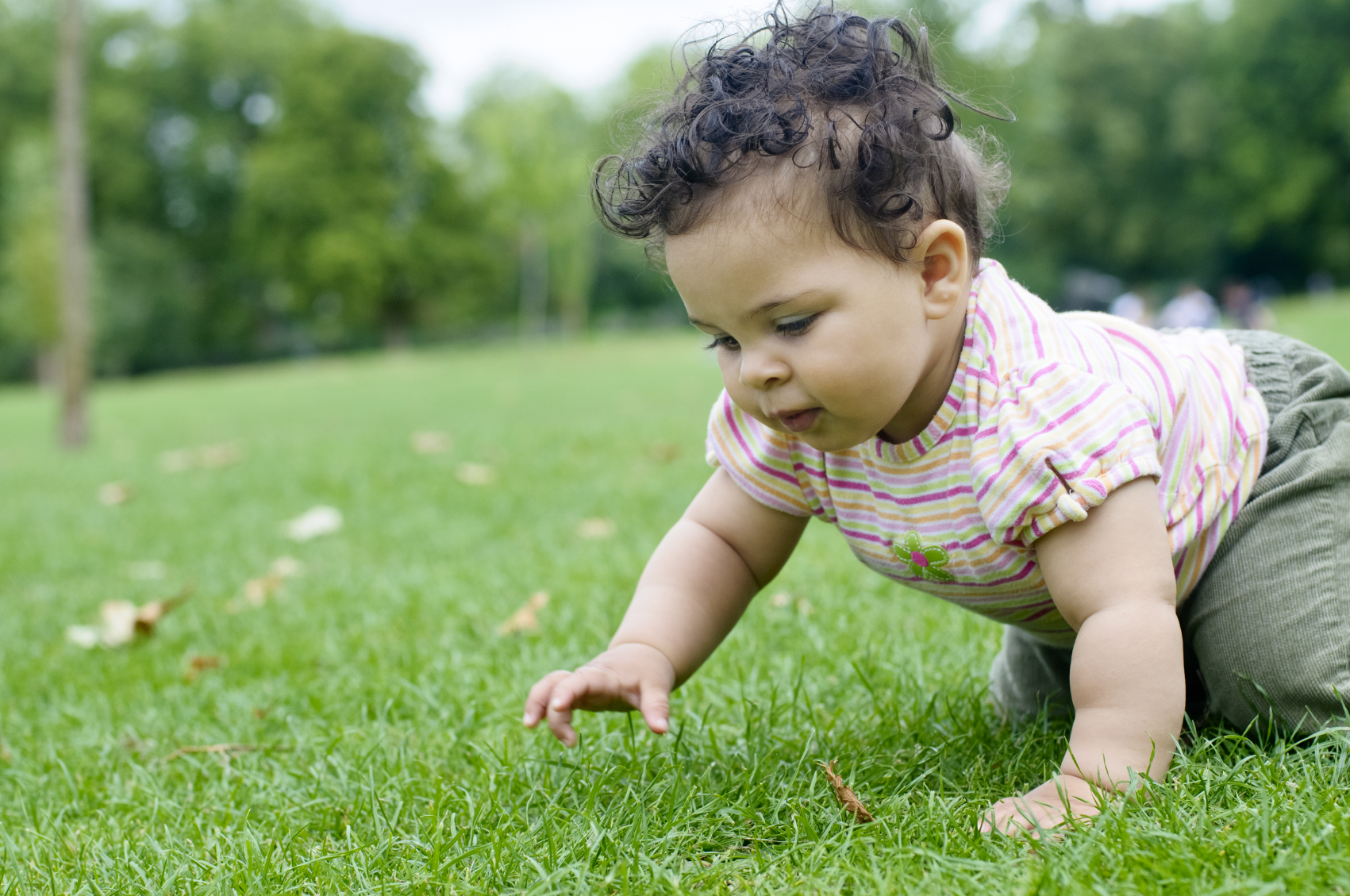Tonic Labyrinthe Reflex (TLR)
The Tonic Labyrinthe Reflex (TLR) involves the vestibular / whole body response and is an important beginning in the development of balanced muscle tone. Two types of Tonic Labyrinthe Reflexes are present in infants. The forwards TLR, which occurs when the baby moves the head higher than the level of the spine, emerges in utero (holding fetal position through pregnancy), is present at birth, and should be integrated by the time the baby is 4 months old. The backwards TLR, which occurs when the baby moves the head lower than the spine, emerges at birth (uncurling from the fetal position) and is gradually integrated from 6 weeks up to 3 years of age.
When the forwards TLR is present and the baby’s head is moved forward above the level of the spine, the legs and arms pull up and into the body. When the backwards TLR is present and the baby’s head is moved backward below the level of the spine, the arms and legs will extend. The TLR gives the infant a primitive way to deal with gravity and the need for the reflex decreases as head control is acquired.


The TLR affects the distribution of muscle tone throughout the body, and it helps the baby to straighten out from the flexed position of the fetus. Balance, muscle tone, and proprioception (body awareness) are all trained during this process. It aids in the integration of the vestibular, proprioceptive and visual systems, and is also needed in preparation for rolling over, crawling, standing, and walking.
A retained TLR will cause the vestibular system to become overactive and affect its interaction with other sensory systems. This affects security in space and in gravity, and causes difficulty in judging space, distance, depth, and speed. These individuals will often lack a sense of direction, right or left, up or down. A retained TLR will also cause problems with creeping and crawling for the infant since extending the neck will cause the legs to extend. This will adversely affect balance, spatial awareness, binocularity, focusing, and tracking abilities which will affect all areas of learning and eye-hand coordination in later life.
Symptoms of the Tonic Labyrinthe Reflex
- Stooping posture
- Head protrudes forward when standing
- Toe walking
- Weak muscle tone
- Stiff, jerky movements
- Poor balance
- Poor coordination
- Motion sickness
- Dislike sports, physical education, and running
- Visual perceptual problems
- Spatial perception problems
- Visual insecurity
- Poor sequencing skills
- Poor sense of time
- Poor organization skills
- Fear of heights
- Apathy and/or fatigue
